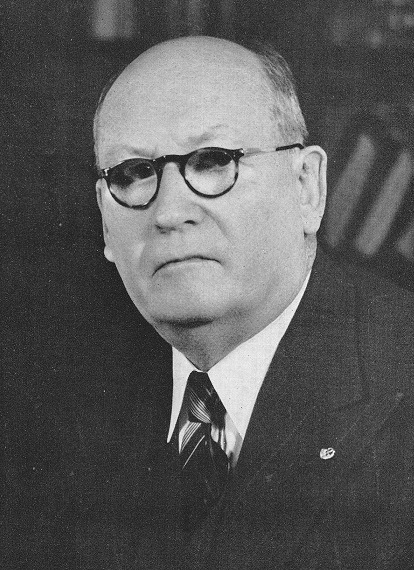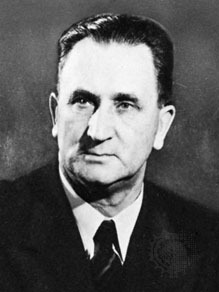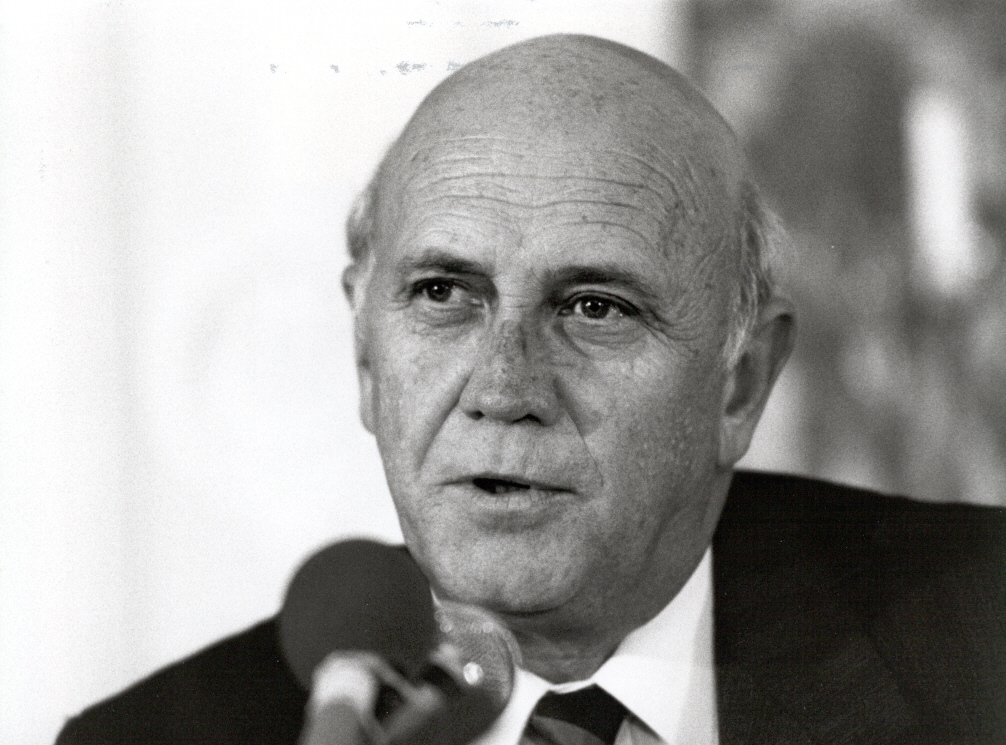|
Flag Of South Africa (1928–1994)
The flag of South Africa from 1928 to 1994 was the flag of the Union of South Africa from 1928 to 1961 and later the flag of the Republic of South Africa until 1994. It was also the flag for South West Africa (now Namibia) under the former's administration (from 1915 to 1990). Based on the Dutch Prince's Flag, it contained the flag of the United Kingdom, the flag of the Orange Free State, and the flag of the South African Republic (respectively) in the centre. A nickname for the flag was ''Oranje, Blanje, Blou'' (Afrikaans for: " orange, white, blue"). It was adopted in 1928 by an act of Parliament from the first Afrikaner majority government, as a compromise between the Afrikaner and British populations. In 1948, after their election victory, the National Party unsuccessfully tried to amend the flag design to remove what they called the "Blood Stain" (the flag of the United Kingdom). After South Africa became a republic in 1961, the flag was retained as the national ... [...More Info...] [...Related Items...] OR: [Wikipedia] [Google] [Baidu] |
South West Africa
South West Africa was a territory under Union of South Africa, South African administration from 1915 to 1990. Renamed ''Namibia'' by the United Nations in 1968, Independence of Namibia, it became independent under this name on 21 March 1990. South West Africa bordered People's Republic of Angola, Angola (Portuguese Angola, a Portuguese colony before 1975), Botswana (Bechuanaland Protectorate, Bechuanaland before 1966), South Africa, and Zambia (Northern Rhodesia before 1964). During its administration, South Africa applied its own apartheid system in the territory of South West Africa. A German colonial empire, German colony known as German South West Africa from 1884 to 1915, it was made a League of Nations mandate of the Union of South Africa following German Empire, Germany's defeat in the World War I, First World War. Although the mandate was repealed by the United Nations on 27 October 1966, South African control over the territory continued. The territory was administ ... [...More Info...] [...Related Items...] OR: [Wikipedia] [Google] [Baidu] |
National Party (South Africa)
The National Party (, NP), also known as the Nationalist Party, was a political party in South Africa from 1914 to 1997, which was responsible for the implementation of Apartheid, apartheid rule. The party was an Afrikaner nationalism, Afrikaner ethnic nationalist party, which initially promoted the interests of Afrikaners but later became a stalwart promoter and enactor of white supremacy, for which it is best known. It first became the governing party of the country in 1924. It merged with its rival, the South African Party (SAP), during the Great Depression, 1929-1939 Great Depression, and a splinter faction, the Herenigde Nasionale Party, Re-United National Party became the official opposition during World War II and won power in 1948. With the National Party governing South Africa from 1948 South African general election, 4 June 1948 until 1994 South African general election, 9 May 1994, the country for the bulk of this time was only a ''de jure'' or partial democracy, as ... [...More Info...] [...Related Items...] OR: [Wikipedia] [Google] [Baidu] |
South Africa Red Ensign
The South African Red Ensign was the civil ensign of Union of South Africa from 1910 to 1951. From 1910 to 1928, the flag was also viewed as the unofficial flag of South Africa. The design of the flag was a red ensign defaced with the coat of arms of South Africa on a white disc. History When the Union of South Africa was created in 1910, the only flag that had official status within it was the Union Jack as part of the British Empire. A new coat of arms was created in September of that year, with Admiralty warrants being issued in December authorising usage of the arms on a red ensign. Though they were intended for maritime usage, the South Africa Red Ensign was used on the land as a de facto national flag similar with other colonies and dominions within the British Empire. In 1912, a royal warrant was issued amending the South Africa Red Ensign so that the arms were on a white disc to bring it into line with a rule in the ''Admiralty Flag Book'' requiring the arms to be ... [...More Info...] [...Related Items...] OR: [Wikipedia] [Google] [Baidu] |
British Empire
The British Empire comprised the dominions, Crown colony, colonies, protectorates, League of Nations mandate, mandates, and other Dependent territory, territories ruled or administered by the United Kingdom and its predecessor states. It began with the English overseas possessions, overseas possessions and trading posts established by Kingdom of England, England in the late 16th and early 17th centuries, and colonisation attempts by Kingdom of Scotland, Scotland during the 17th century. At its height in the 19th and early 20th centuries, it became the List of largest empires, largest empire in history and, for a century, was the foremost global power. By 1913, the British Empire held sway over 412 million people, of the world population at the time, and by 1920, it covered , of the Earth's total land area. As a result, Westminster system, its constitutional, Common law, legal, English language, linguistic, and Culture of the United Kingdom, cultural legacy is widespread. ... [...More Info...] [...Related Items...] OR: [Wikipedia] [Google] [Baidu] |
Union Jack
The Union Jack or Union Flag is the ''de facto'' national flag of the United Kingdom. The Union Jack was also used as the official flag of several British colonies and dominions before they adopted their own national flags. It is sometimes asserted that the term ''Union Jack'' properly refers only to naval usage, but this assertion was dismissed by the Flag Institute in 2013 after historical investigations. The origins of the earlier flag of Great Britain date from 1606. James VI and I, King James VI of Scotland had inherited the English and Irish thrones in 1603 as James I, thereby Union of the Crowns, uniting the crowns of Kingdom of England, England, Kingdom of Scotland, Scotland, and Kingdom of Ireland, Ireland in a personal union, although Scotland and England remained separate states until the Treaty of Union took effect in 1707. On 12 April 1606, a new flag to represent the regal union between these two nations was specified in a royal decree, according to which the fla ... [...More Info...] [...Related Items...] OR: [Wikipedia] [Google] [Baidu] |
Logo Of The Suid-Afrikaanse Lugdiens (1971–1997)
A logo (abbreviation of logotype; ) is a graphic mark, emblem, or symbol used to aid and promote public identification and recognition. It may be of an abstract or figurative design or include the text of the name that it represents, as in a wordmark. In the days of hot metal typesetting, a logotype was one word cast as a single piece of type (e.g. "The" in ATF Garamond), as opposed to a ligature, which is two or more letters joined, but not forming a word. By extension, the term was also used for a uniquely set and arranged typeface or colophon. At the level of mass communication and in common usage, a company's logo is today often synonymous with its trademark or brand.Wheeler, Alina. ''Designing Brand Identity'' © 2006 John Wiley & Sons, Inc. (page 4) Etymology Douglas Harper's ''Online Etymology Dictionary'' states that the first surviving written record of the term 'logo' dates back to 1937, and that the term was "probably a shortening of logogram". History Numerous ... [...More Info...] [...Related Items...] OR: [Wikipedia] [Google] [Baidu] |
Hate Speech
Hate speech is a term with varied meaning and has no single, consistent definition. It is defined by the ''Cambridge Dictionary'' as "public speech that expresses hate or encourages violence towards a person or group based on something such as race, religion, sex, or sexual orientation". The ''Encyclopedia of the American Constitution'' states that hate speech is "usually thought to include communications of animosity or disparagement of an individual or a group on account of a group characteristic such as race, color, national origin, sex, disability, religion, or sexual orientation". There is no single definition of what constitutes "hate" or "disparagement". Legal definitions of hate speech vary from country to country. There has been much debate over freedom of speech, hate speech, and hate speech legislation. The laws of some countries describe hate speech as speech, gestures, conduct, writing, or displays that incite violence or prejudicial actions against a group o ... [...More Info...] [...Related Items...] OR: [Wikipedia] [Google] [Baidu] |
Supreme Court Of Appeal (South Africa)
The Supreme Court of Appeal (SCA), formerly known as the Appellate Division, is the second-highest appellate court, court of appeal in South Africa below the Constitutional Court of South Africa, Constitutional Court. The country's apex court from 1910 to 1994, it no longer holds that position, having been displaced in constitutional matters by the Constitutional Court in 1994, and in General jurisdiction, all matters by 2013. It is located in Bloemfontein. Bloemfontein is often, and has been traditionally referred to, as the "judicial capital" of South Africa because of the court, although the Constitutional Court is based in Johannesburg. History On the creation of the Union of South Africa from four British colonies in 1910, the supreme courts of the colonies became provincial divisions of the new Supreme Court of South Africa, and the Appellate Division was created as a purely appellate court superior to the provincial divisions. It was the seat of some of the country's mo ... [...More Info...] [...Related Items...] OR: [Wikipedia] [Google] [Baidu] |
Baasskap
''Baasskap'' () (also spelled ''baaskap''), literally "boss-ship" or "boss-hood", was a political philosophy prevalent during South African apartheid that advocated the social, political and economic domination of South Africa by its minority white population generally and by Afrikaners in particular. The term is sometimes translated to the English-language as "Chief in Charge" and functioned either as a description or an endorsement of the "owner of slaves" in South Africa. Proponents Proponents of ''baasskap'' constituted the largest faction of apartheid ideologues in the National Party and state institutions. They applied racial segregation in a systematic way to "preserve racial purity" and to ensure that economic and political spheres were dominated by Afrikaners. However, proponents of ''baasskap'' were not necessarily opposed to black South African participation in the economy if black labour was controlled in a way that preserved economic domination by Afrikaners. Pr ... [...More Info...] [...Related Items...] OR: [Wikipedia] [Google] [Baidu] |
End Of Apartheid
The apartheid system in South Africa was ended through a series of bilateral and multi-party negotiations between 1990 and 1993. The negotiations culminated in the passage of a new interim Constitution in 1993, a precursor to the Constitution of 1996; and in South Africa's first non-racial elections in 1994, won by the African National Congress (ANC) liberation movement. Although there had been gestures towards negotiations in the 1970s and 1980s, the process accelerated in 1990, when the government of F. W. de Klerk took a number of unilateral steps towards reform, including releasing Nelson Mandela from prison and unbanning the ANC and other political organisations. In 1990–91, bilateral "talks about talks" between the ANC and the government established the pre-conditions for substantive negotiations, codified in the Groote Schuur Minute and Pretoria Minute. The first multi-party agreement on the desirability of a negotiated settlement was the 1991 National Peace Accord, c ... [...More Info...] [...Related Items...] OR: [Wikipedia] [Google] [Baidu] |
South African Constitution Of 1993
The Interim Constitution was the fundamental law of South Africa from during the first non-racial general election on 27 April 1994 until it was superseded by the final constitution on 4 February 1997. As a transitional constitution it required the newly elected Parliament to also serve as a constituent assembly to adopt a final constitution. It made provision for a major restructuring of government as a consequence of the abolition of apartheid. It also introduced an entrenched bill of rights against which legislation and government action could be tested, and created the Constitutional Court with broad powers of judicial review. History An integral part of the negotiations to end apartheid in South Africa was the creation of a new, non-discriminatory constitution for the country. One of the major disputed issues was the process by which such a constitution would be adopted. The African National Congress (ANC) insisted that it should be drawn up by a democratically electe ... [...More Info...] [...Related Items...] OR: [Wikipedia] [Google] [Baidu] |
Flag Of South Africa
The national flag of South Africa was designed in March 1994 and adopted on 27 April 1994, during South Africa's South African general election, 1994, 1994 general election, to replace the Flag of South Africa (1928–1994), previous flag used from 1928–1994. The flag has horizontal bands of red (on the top) and blue (on the bottom), of equal width, separated by a central green band which splits into a horizontal "Y" shape, the arms of which end at the corners of the hoist side (and follow the flag's diagonals). The "Y" embraces a black isosceles triangle from which the arms are separated by narrow yellow or gold fimbriation, bands; the red and blue bands are separated from the green band and its arms by narrow white stripes. The stripes at the fly end are in the 5:1:3:1:5 ratio. Three of the flag's colours were taken from the flag of the South African Republic, itself derived from the flag of the Netherlands, as well as the Union Jack, while the remaining three colours were ... [...More Info...] [...Related Items...] OR: [Wikipedia] [Google] [Baidu] |






